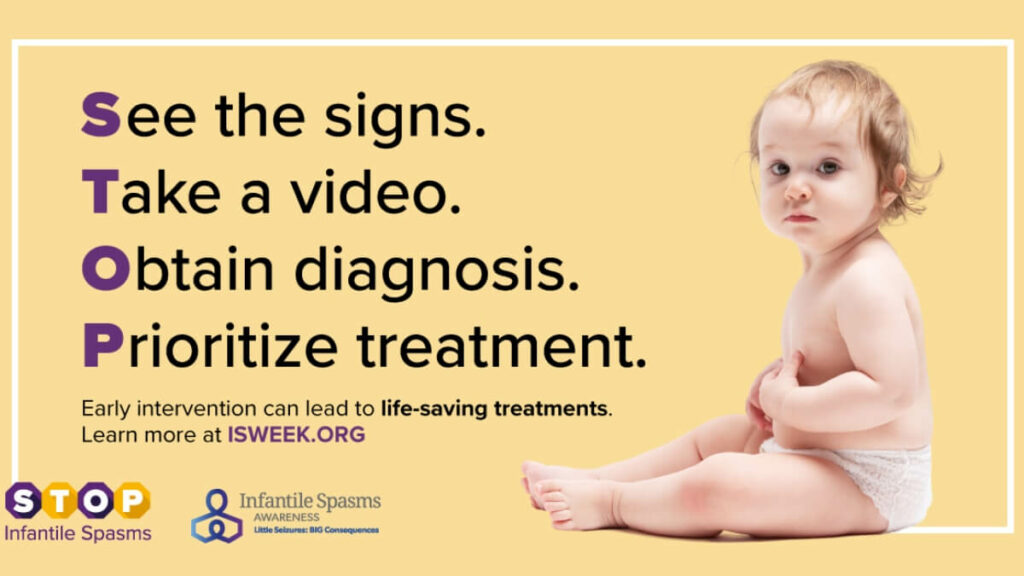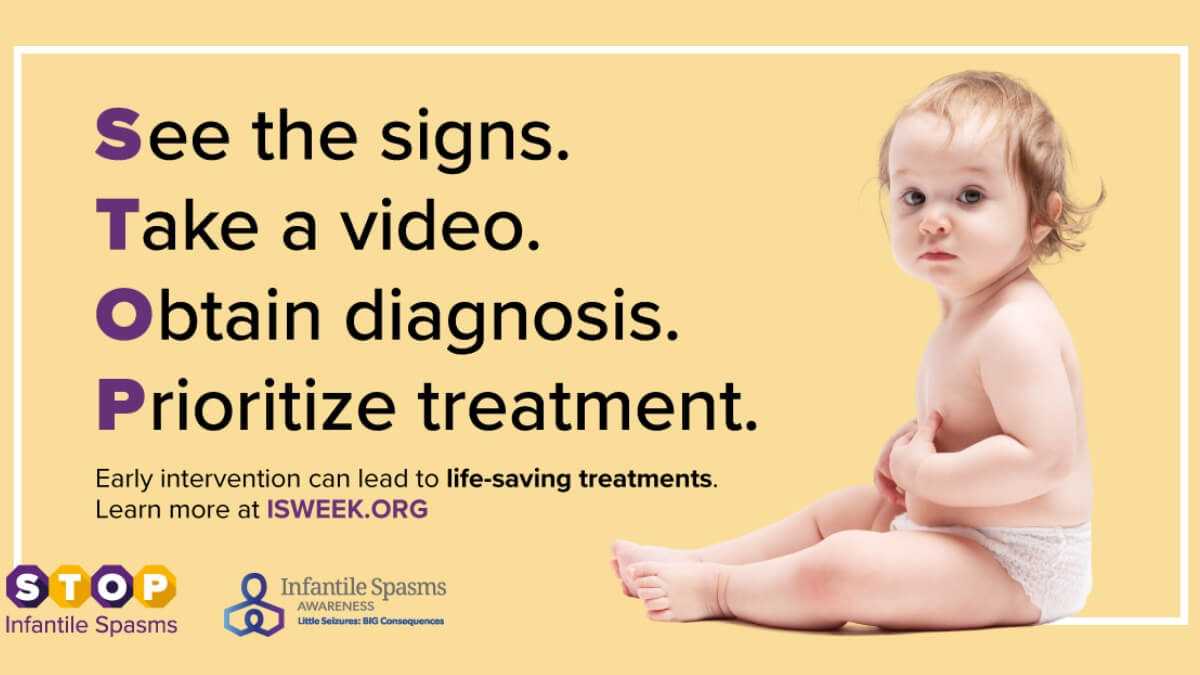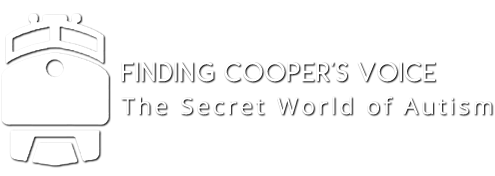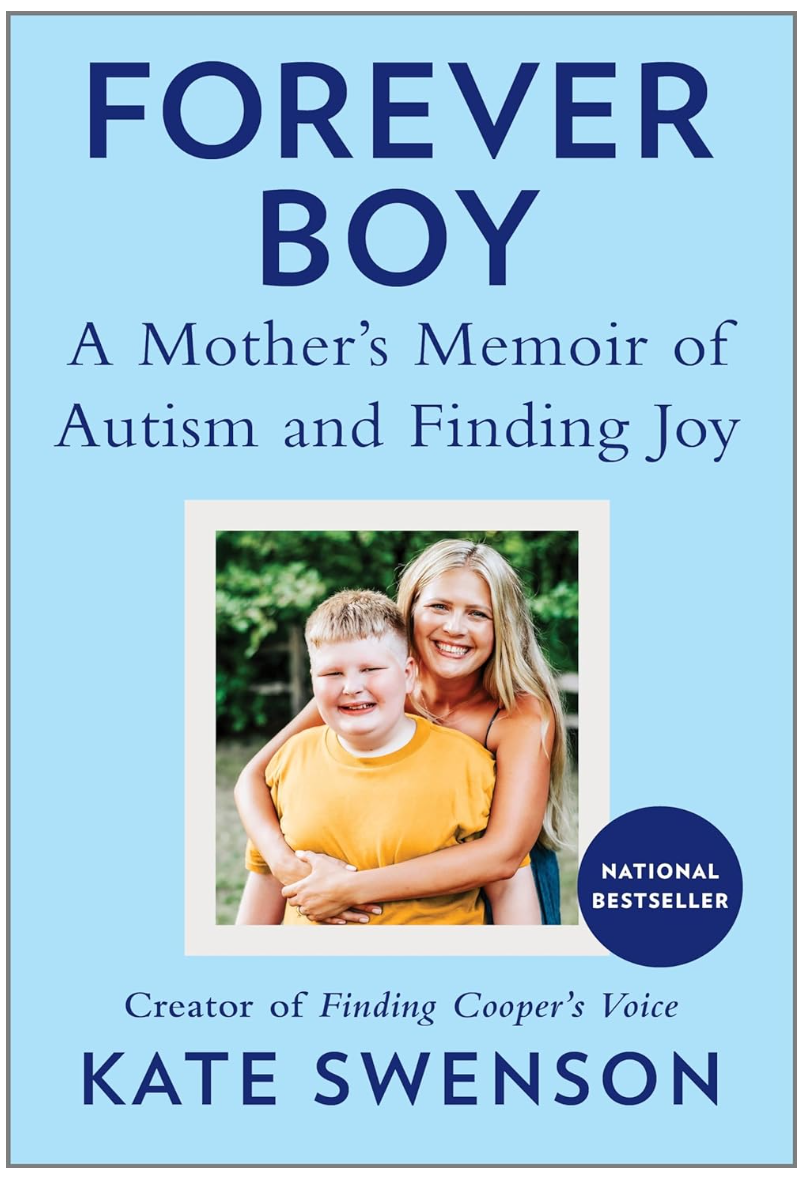Help STOP Infantile Spasms

Nearly 1,200 infants every year are diagnosed with a rare seizure disorder called infantile spasms, yet many health care providers have never heard of this disease.
There is a great need for awareness to help parents, caregivers, and providers to understand the signs and symptoms. Infantile spasms present as seizures that occur in infants under age 1 and can cause catastrophic, permanent damage to a child’s developing brain.
Even more frightening, infantile spasms are often subtle enough to be easily overlooked by both parents and health care providers.
Prompt diagnosis and treatment are critical, but are challenging because the condition can be mistaken for normal baby movements or other disorders that don’t demand urgency.
I’m helping raise awareness of infantile spasms during Infantile Spasms Awareness Week, December 1-7, to help parents, as well as physicians and other health care providers, know about this disease and treatments.
There’s even an easy-to-remember acronym to help STOP infantile spasms:
See the signs: Clusters of sudden, repeated, uncontrolled movements like head bobs or body crunching.
Take a video: Record the symptoms and talk to your doctor immediately.
Obtain diagnosis: Confirm an irregular brain wave pattern with an EEG test.
Prioritize treatment: End spasms to minimize developmental delays.
Together, with leading child disease advocacy organizations and parent advocates, we’re sharing information about infantile spasms so parents, physicians, and nurses will know the signs to help STOP IS and help find a cure!
Awareness is so critical because treatment options are available to improve babies’ quality of life.
In fact, clinical trials going on right now are looking into new treatments to stop these seizures.
Noah, a baby from Virginia and current infantile spasms clinical trial participant, was diagnosed in utero with a rare disorder that often leads to infantile spasms.
His parents understood the severity of infantile spasms and quickly enrolled him in the trial.
With early intervention and the incredible advancements in clinical treatment options, Noah is a thriving 8-month-old on track for normal development.
We want to hear about more stories like Noah’s.
To do so, help me spread the word about the signs of infantile spasms during Infantile Spasms Awareness Week using the hashtag #ISAW2019 or visit isweek.org.
Together we share hope; together we can STOP IS!

Finding Cooper’s Voice is a safe, humorous, caring and honest place where you can celebrate the unique challenges of parenting a special needs child. Because you’re never alone in the struggles you face. And once you find your people, your allies, your village….all the challenges and struggles will seem just a little bit easier. Welcome to our journey. You can also follow us on Facebook, subscribe for exclusive videos, and subscribe to our newsletter.

